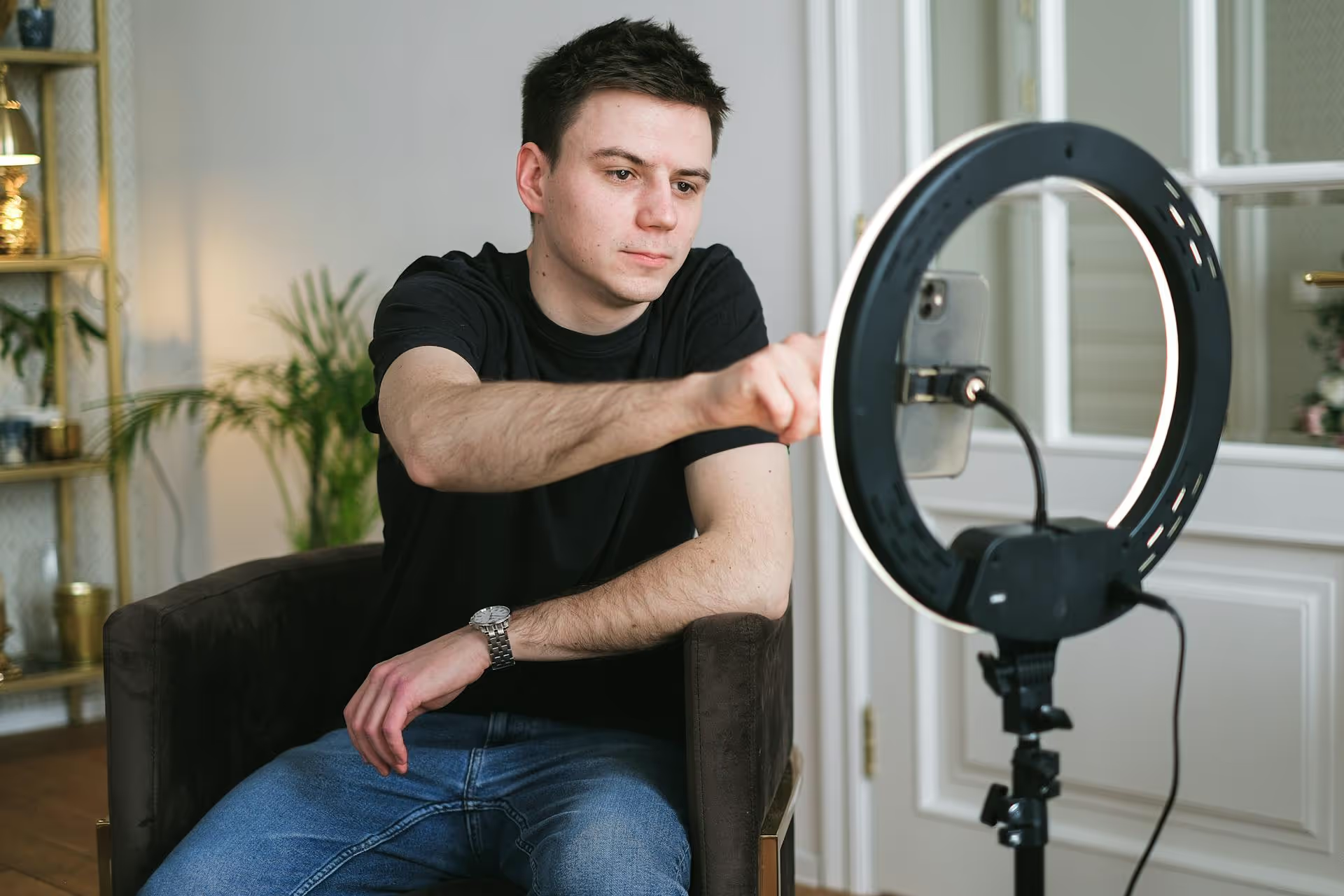How to Add Social Media Icons to an Email Signature
Enhance your email signature by adding social media icons. Discover step-by-step instructions to turn every email into a powerful marketing tool.

So you’ve spent hours crafting the perfect Instagram ad - the creative is polished, the copy is compelling, and the targeting is dialed in. You hit Publish, only to be met with… silence. If you’re refreshing your Ads Manager and seeing zero impressions, you’re not alone. This guide walks you through a step-by-step process to diagnose exactly why your Instagram ad is not delivering and provides clear, actionable steps to get it running and reaching your customers.
Before you start overhauling your entire campaign, make sure one of these simple issues isn't the culprit. These account for a surprising number of delivery problems and are thankfully easy to fix.
Every new ad and every significant edit to an existing ad goes through Meta's ad review process. This is typically an automated check to make sure your ad complies with their advertising policies. Most ads are reviewed within 24 hours, but it can sometimes take longer, especially during peak times or if your ad is flagged for manual review.
A failed payment is one of the most common - and easily overlooked - reasons for ads not delivering. If your primary payment method is declined, Meta will pause all of your ad campaigns until the issue is resolved.
Sometimes your ad passes the initial check but later gets disapproved. It might even seem harmless, but something in your creative, copy, or landing page has triggered a policy violation. Worse, your entire ad account could be flagged, which stops all campaigns cold.
If you've cleared the basics and your ad is approved with a valid payment method, the problem likely lies within your campaign settings. Your audience, budget, and bidding strategy all work together to determine if, when, and how your ad is shown.
You’re telling Meta how much you're willing to spend and what you want to achieve, but if your instructions are too tight, Meta's algorithm can’t find opportunities to deliver your ad.
Audience targeting is a delicate balance. Go too broad and you waste money, go too narrow and your ad might never be delivered.
Sometimes, an ad is approved but is flagged as "low quality" by the algorithm, causing Meta to drastically limit its reach. This can also happen if your ad just isn’t resonating with the audience.
If you've gone through everything above and are still stuck at zero impressions, it’s time to look at some more advanced scenarios.
Audience overlap occurs when you have multiple ad sets running that are targeting similar groups of people. This means your own ads are competing against each other in the auction, driving up your costs and often causing one or more of the ad sets to get very little or no delivery.
Sometimes, an ad set just gets "stuck." There might not be a clear reason - it could be a glitch or an unhelpful learning pattern that the algorithm can't shake. In these cases, a simple "turn it off and on again" approach can work wonders.
Whenever you create a new ad set or make a significant edit, it enters a critical period called the "learning phase." During this time, Meta's delivery system is actively exploring the best way to deliver your ads. It needs to figure out who is most likely to take the action you want.
This phase typically requires about 50 optimization events (e.g., 50 link clicks, 50 landing page views, or 50 purchases) within a 7-day period to complete. If you keep making changes to the targeting, creative, or budget during this time, you reset the learning phase over and over. The system never gathers enough stable data to optimize, and your delivery will be sporadic or nonexistent.
Give it time. Once you launch a campaign, let it run for at least 24-48 hours - ideally longer - before making any decisions. If your ad has some delivery but it's slow going, patience is your best tool. Resist the urge to tinker daily.
Fixing an Instagram ad that isn't delivering is all about systematic troubleshooting. By checking the essentials like payment status and approvals, then moving methodically through your audience targeting, budget strategy, and ad creative, you can almost always find the bottleneck and get your campaigns back on track and in front of the right customers.
As you dial in your paid advertising, remember that a strong organic strategy makes your ads even more effective. With Postbase, we make the planning, scheduling, and analysis of your organic social content seamless, so you always know what messages resonate with your audience. That knowledge gives you a smarter foundation for your entire social media strategy and helps you build powerful ad creatives from the start.
Enhance your email signature by adding social media icons. Discover step-by-step instructions to turn every email into a powerful marketing tool.
Learn how to add your Etsy link to Pinterest and drive traffic to your shop. Discover strategies to create converting pins and turn browsers into customers.
Grant access to your Facebook Business Manager securely. Follow our step-by-step guide to add users and assign permissions without sharing your password.
Record clear audio for Instagram Reels with this guide. Learn actionable steps to create professional-sounding audio, using just your phone or upgraded gear.
Add translations to Instagram posts and connect globally. Learn manual techniques and discover Instagram's automatic translation features in this guide.
Optimize your Facebook Business Page for growth and sales with strategic tweaks. Learn to engage your community, create captivating content, and refine strategies.
Wrestling with social media? It doesn’t have to be this hard. Plan your content, schedule posts, respond to comments, and analyze performance — all in one simple, easy-to-use tool.